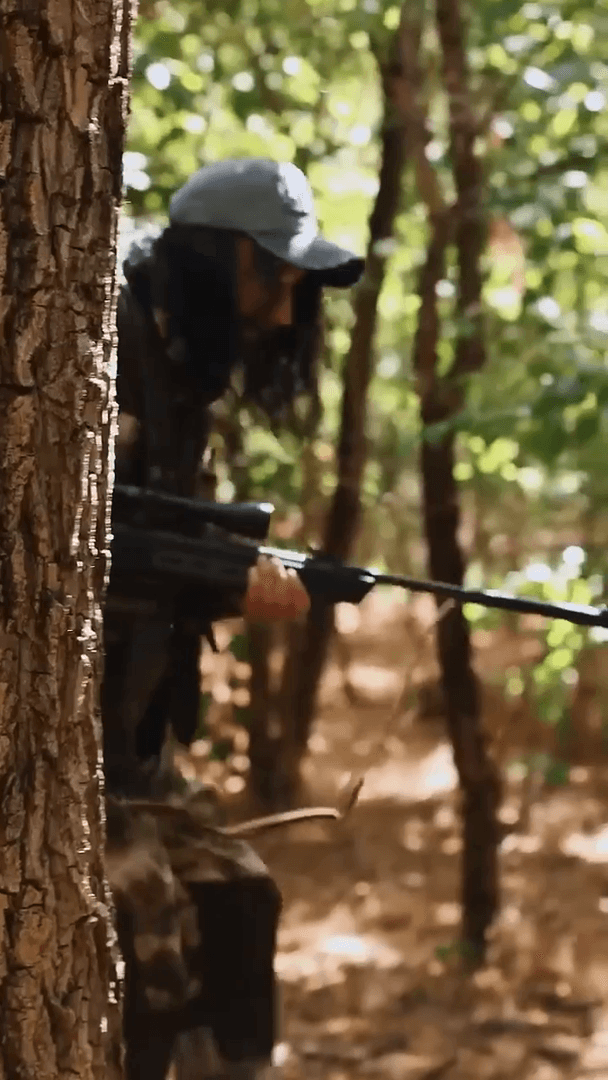
Rifle hunting originated in the 15th century, but it became widespread at a later time. In Russia, rifle hunting became popular at the end of the 17th century. And the first law on hunting was adopted
Post: 23 June 09:13

Post: 23 June 09:13

Post: 17 June 09:29

Post: 30 May 07:00

Post: 29 May 16:38

Post: 16 June 12:37

Post: 24 April 09:31

Post: 13 June 13:54

Post: 9 September 07:23

Post: 26 February 16:36

Post: 27 June 13:57

Post: 24 June 08:20

Post: 24 August 07:47

Post: 18 September 19:25

Post: 28 January 02:16

Post: 8 July 12:57

Post: 12 February 17:34

Post: 14 August 17:42

Post: 28 July 10:07

Post: 21 July 07:57

Post: 23 June 09:52

Post: 20 June 11:24

Post: 11 June 22:24

Post: 10 June 18:32

Post: 6 June 14:18

Post: 5 June 14:44

Post: 4 April 14:36

Post: 5 March 22:06

Post: 19 February 09:42

Post: 14 February 19:05

Post: 10 February 15:02

Post: 9 December 09:18

Post: 29 November 01:32

Post: 25 November 09:36

Post: 12 November 09:45

Post: 4 November 09:58

Post: 29 October 09:38

Post: 17 October 09:23

Post: 10 April 18:34

Post: 11 March 18:29

Post: 3 January 18:34

Post: 7 December 17:58

Post: 22 November 17:33

Post: 5 July 17:32

Post: 3 November 10:39

Post: 20 September 11:05

Post: 10 June 17:19

Post: 21 May 18:42

Post: 24 December 15:22

Post: 23 December 14:18

Post: 11 October 09:39